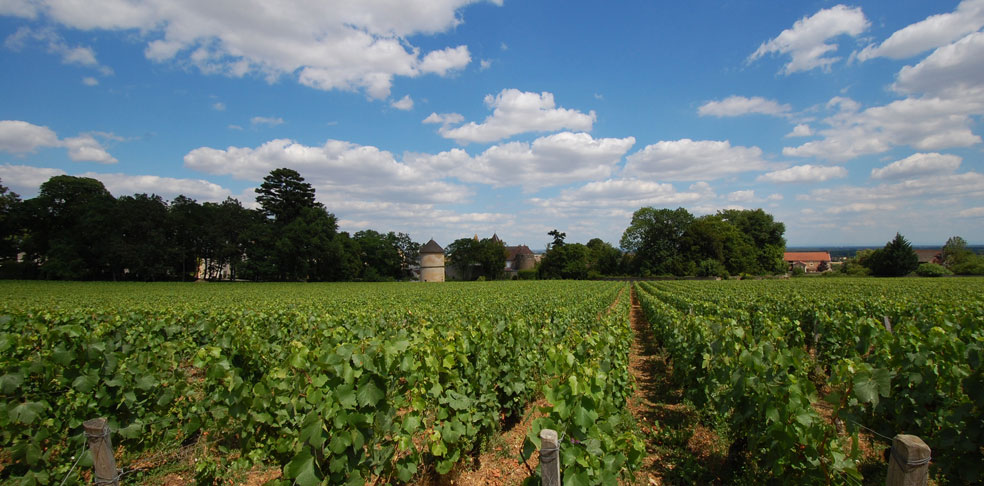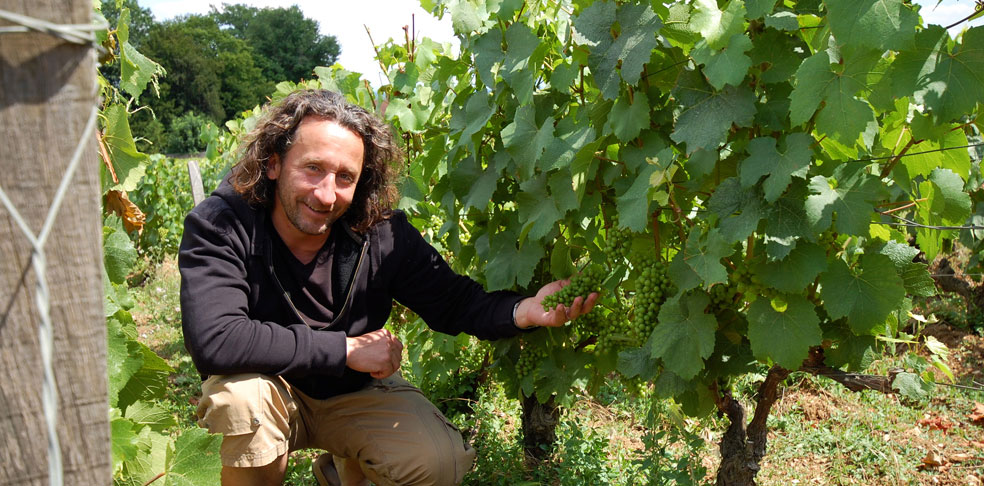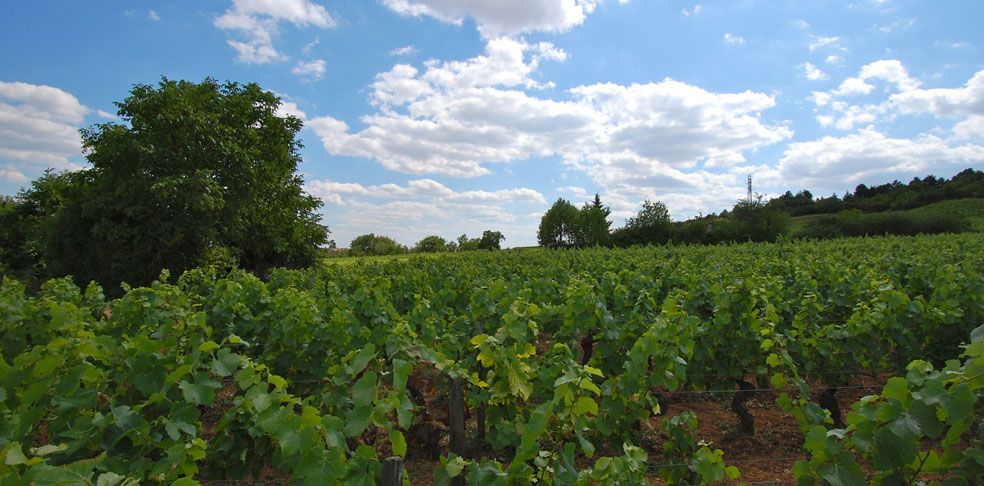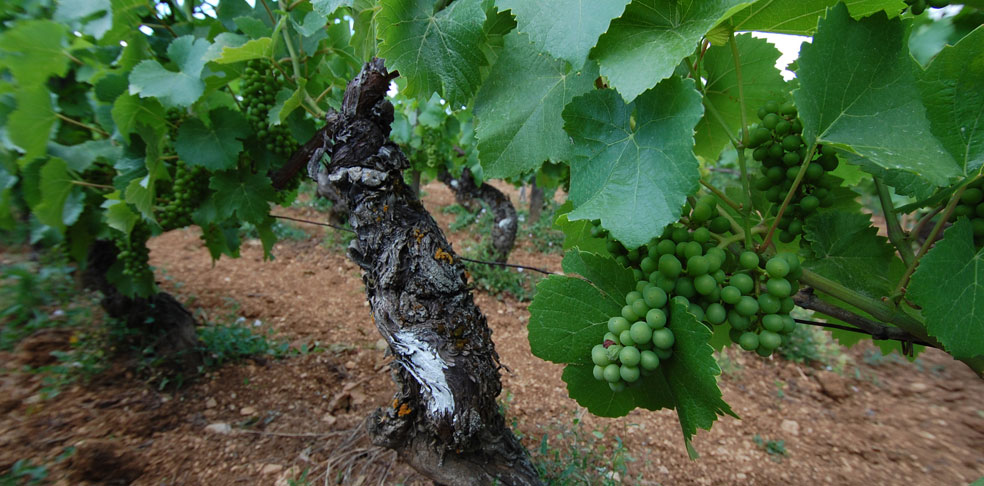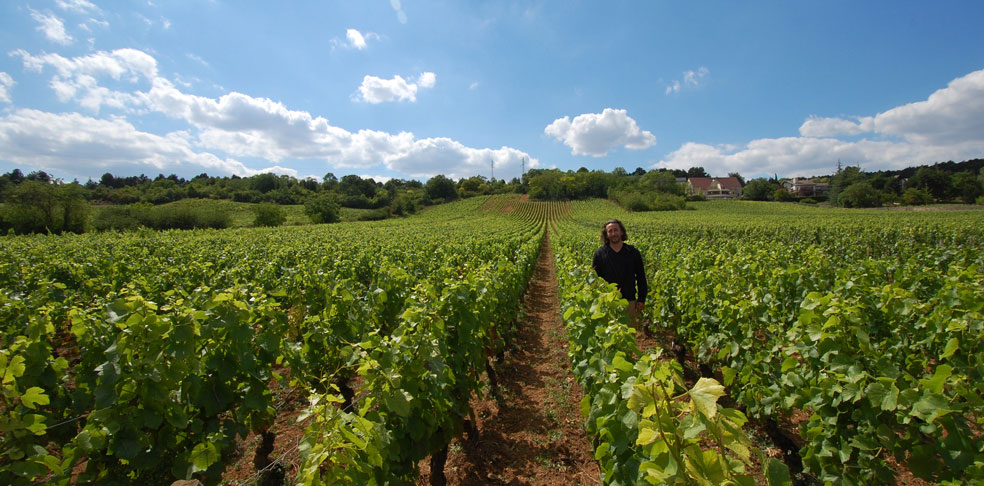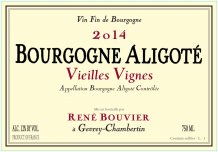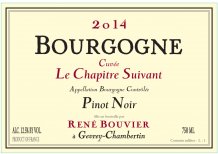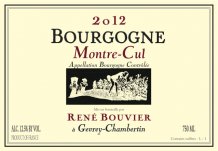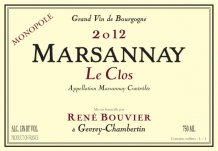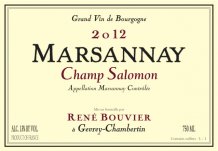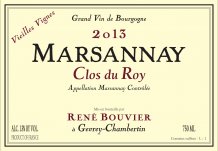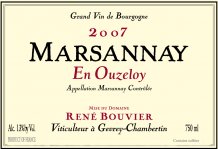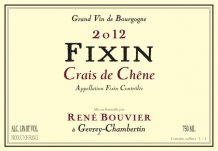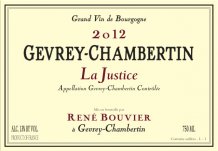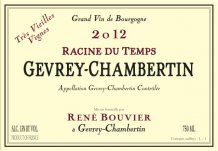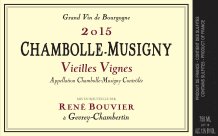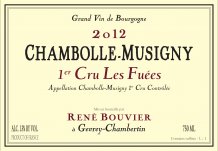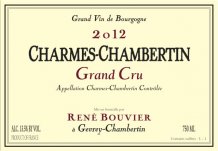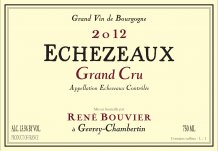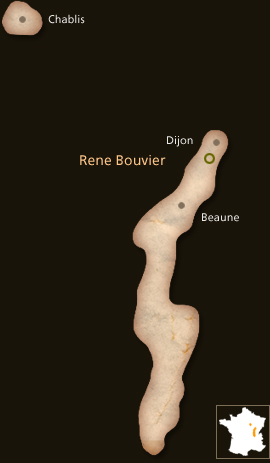The Estate
The estate has been in the family for three generations. Since 1992, it has been run by Bernard Bouvier. Henri Bouvier, Bernard’s grandfather, created the estate in 1910. Henri’s son, René Bouvier, took over in 1950, and extended the estate to an area of 29.65 acres (i.e. 12 hectares) by 1991.
The family owns vineyards in six villages, from Gevrey-Chambertin in the south to Dijon in the north. The 18 appellations extend over an overall area of 42 acres (i.e. 17 hectares), and include Bourgogne, Côte de Nuits Village, Gevrey-Chambertin Village, Fixin Village and Marsannay Village, Gevrey-Chambertin Premier Cru and Grand Cru.
The classic Burgundy grapes are grown here: Pinot Noir for the red wines and the Marsannay Rosé, with Chardonnay and Aligoté for the white wines.
The estate is fortunate enough to possess vines which are an average of 50 years old; some of the Gevrey-Chambertin plots have vines which are over 80 years old.
The estate is equipped with new, functional, modern buildings, designed with hygiene in mind, which have been in place since the 2006 harvest. All the stages in the wine-making process, from grape-sorting to the finished wine, are located in the same place: the winery, cellars, bottling plant, storage and office buildings. The entire site follows
dynamic principles and everything has been designed with the greatest respect for both grapes and wine.
“Our wines are served at Michelin-starred restaurants in France and at the most renowned tables world-wide.”
The philosophy of the estate
Bernard Bouvier became aware very early on of the individual character of the wine from each “lieux-dit” (a specific site within a vineyard), notwithstanding the vintage. The estate seeks whenever possible to produce only one wine per plot, in order to reveal as truly as possible the expression of terroir. The terroir itself, expressed multitudinously
by Pinot Noir and Chardonnay grapes, is the hallmark of quality.
The quest for purity of expression, well-balanced wine, and minerality, highlighting the unique nature of each “climat” (plot of vines) guides each action in the pursuit of perfection from the vineyard to the wine-cellar. The purity and equilibrium of the wine are achieved by harvesting the grapes at the right stage of physiological and phenolic ripeness, neither too late, nor too early, depending on the “climat”. Patience and careful observation lead to less intervention, allowing the terroir to express its individuality without unnatural forcing, which would endanger the balance of the wine.
“We seek to perpetuate the exceptional diversity of the terroir, by creating vibrant, living wines, which have a soul.”
In the vineyard
Growing high quality grapes, the foundation of a pure and well-balanced wine, is a labour intensive process. Careful vineyard management is necessary to respect the soil, in order to preserve environmental harmony and biodiversity.
“We practice ecological wine-growing, vigilant and precise, respectful of soil and plants (microbial life and auxiliary fauna).” The domain is working to obtain organic agriculture certification.
Both Guyot and single cordon pruning are used in the vineyards.
The rule at the estate is to control production for optimal ripeness, by limiting each vine to 8 bunches of grapes. Production can vary slightly from one vintage to another. On average, the appellation Bourgogne produces 5.35 gal/acre (i.e. 50 hl/ha), the appellation Village 3.74 gal/ acre (i.e. 35 hl/ha), the “Premiers Crus” and the “Grands Crus” about 3.21 gal/acre (i.e. 30hl/ha).
Thinning is necessary to optimize ripeness for some plots and some vintages. estate…
At harvest time
The harvest is a key moment of the year on the estate. The grapes are hand-picked and collected in 20 kg boxes, so as not to squash the bunches and damage the grapes.
The grape-pickers select the grapes very carefully as they harvest them. When the grapes reach the winery, they are placed on a vibrating table to eliminate small impurities. They are then transferred to a sorting table to be handpicked, thus retaining only the highest quality grapes. This drastic selection procedure ensures excellent wine even for bad vintages, when excess humidity favours the development of diseases or when lack of sunlight prevents optimal ripeness for some grapes.
After destemming, the selected grapes fall into a container, which is emptied by gravity into the vat. The care taken when handling the grapes avoids the release of herbaceous tannins, allowing only the silky, rounded tannins to develop in the wine.
Vinification and maturing
Our red wines
Alcoholic fermentation lasts about 20 days, without adding any enzymes or yeast. Vinification allows nature to run its course whenever possible. Temperature is controlled, the must is brought up over the cap, and the cap is punched down, so that each “climat” can fully express its specificity, without technological intervention that would erase the unique nature of the wine and the vintage. A pneumatic press gently extracts the juice from the grapes. The wine matures in carefully selected oak barrels, made from the best French oak, and toasted by the cooper to well-defined requirements in order to enhance
each appellation. Red wine matures in a specific cellar, with a suitable temperature and hygrometry, for 16 to 18 months.
Our white wines
After pneumatic pressing of whole bunches of grapes, the two fermentations (alcoholic and malolactic) occur in oak barrels. White wines mature in oak barrels in a specially designed cellar for about 16 months. Vinification now takes place in 600 litre barrels, which were first used for the 2008 harvest.
And in the glass
The terroir can only express itself in the glass if the vine has been allowed to absorb the specificity of the “climat”. The originality of each wine reflects the features of the vineyard plot: altitude, exposure, slope, soil and bedrock, together with the specific climatic conditions, sometimes due to subtle changes in the landscape, that have nourished the grapes and the vine.
The constant regularity with which, from vintage to vintage, each “climat” affirms its identity, its individuality and its originality is merely guided by the winegrower, whose personality must not be allowed to swamp the character of the wine.
The identity of a “terroir wine” expresses itself mainly through the sapidity or uniquely original taste of each wine. Geo-sensorial gourmet tasting encompasses all the classical terms used in sensory analysis, but with a more complete approach in the mouth, the most suited to the conception of wine at this estate. The tactile dimension of wine, or “mouth feel”, fully reveals consistency, suppleness, viscosity, texture, vividness, minerality, length and ability to age successfully.
As Jacky Rigaux writes: “Together with the frank sensation of viscosity generated on the palate by a “terroir wine”, the suppleness and consistency, associated with natural elegant vivacity, reveal all the dimensions of wine texture. A “terroir wine”, whether white or red, must have a mouth feel which evokes silk, taffeta and velvet… From their time in the barrel and their earliest youth in the bottle, the great “climats” […] have always exemplified a matchless texture. Thus the length of the wine, which stems from of all these qualities harmoniously united, will reveal the subtle aromas of the “climat” as well as its original mineral touch.
Delicacy in complexity is what is expressed by a “terroir wine”. Delicacy comes from the grape variety that the winegrower has adapted to the site so that it reveals its full potential. Complexity springs from the minerality that the plant will be able to interpret through the work of the winegrower, who creates the conditions for Heaven and Earth to transcend the genius of the place. A living wine, a wine vibrating from the many chords that the “climat” orchestrates! The savour and the charm of a given site have no relation to its potential superiority over that of another wine, but reside in the depth and the subtlety of the difference.”

